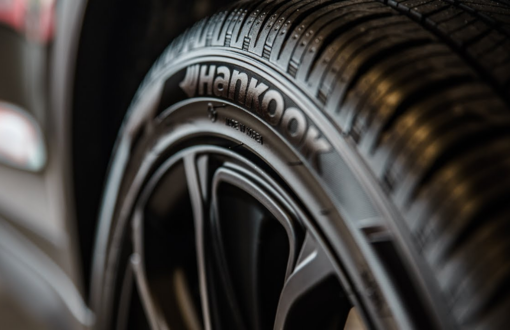No items in cart right now!
Working Hours - 8 AM To 8 PM
 March 19
March 19
Driving for the first time is both exciting and challenging. One of the most crucial aspects of road safety that new drivers often overlook is tyre safety. Proper tyre maintenance not only enhances driving skills but also ensures safety for you and others on the road. In this guide, we will cover essential tyre safety tips for new drivers, including maintenance, best practices, and expert recommendations.
Your tyres are the only point of contact between your vehicle and the road. Poorly maintained tyres can lead to accidents, reduced fuel efficiency, and increased repair costs. Here are a few reasons why tyre safety should be a priority:
Ensures better grip and stability on different road conditions.
Reduces the risk of accidents caused by blowouts or skidding.
Enhances fuel efficiency and overall vehicle performance.
Saves money by preventing premature tyre wear.
Maintaining the correct tyre pressure is critical for a smooth and safe drive. Low tyre pressure can lead to poor fuel economy and increased wear, while overinflated tyres may cause reduced traction.
How to check tyre pressure:
Use a tyre pressure gauge.
Refer to the recommended PSI (pounds per square inch) in your car manual.
Check tyre pressure at least once a month and before long trips.
Tread depth plays a vital role in maintaining road grip, especially in wet conditions. Inadequate tread can lead to hydroplaning, increasing accident risks.
How to check tread depth:
Use a tread depth gauge or the "penny test."
If the tread is worn below 1.6mm, replace the tyres immediately.
Look for uneven wear patterns, which may indicate alignment issues.
Tyres wear out unevenly due to differences in weight distribution and driving habits. Rotating them regularly helps extend their lifespan.
Recommended rotation schedule:
Every 5,000 to 8,000 miles.
Follow the rotation pattern suggested by your vehicle manufacturer.
Misaligned or unbalanced tyres can cause uneven wear and affect steering control.
Signs of alignment or balancing issues:
Vehicle pulls to one side while driving.
Uneven or rapid tyre wear.
Steering wheel vibration at high speeds.
Carrying excess weight puts extra pressure on your tyres, increasing the risk of blowouts.
Best practices:
Check your car’s load capacity in the user manual.
Distribute weight evenly when carrying heavy loads.
Aggressive driving habits such as sudden braking, sharp turns, and speeding can damage tyres prematurely.
Safe driving habits:
Accelerate gradually.
Brake smoothly.
Avoid potholes and rough terrains whenever possible.
New drivers often overlook the importance of a well-maintained spare tyre.
Storage tips:
Keep the spare tyre properly inflated.
Store in a cool, dry place to prevent rubber degradation.
High-quality tyres provide better safety, durability, and fuel efficiency.
Choosing the right tyres:
Consider road conditions and climate.
Look for tyres with good traction ratings.
Check customer reviews and expert recommendations.
Regular tyre maintenance is crucial for every driver, especially for those new to the road. By following these simple yet effective tyre safety tips, you can enhance your driving skills and ensure a safer driving experience.
Schedule a tyre check today and drive with confidence!
It is recommended to check tyre pressure at least once a month and before long road trips.
The legal minimum tread depth is 1.6mm in most countries. However, it’s best to replace tyres before they reach this limit for optimal safety.
Signs include visible cracks, worn tread, bulges, or persistent air leaks.
Underinflated tyres can cause poor fuel economy, reduced traction, and increased tyre wear.
It’s best to use matching tyre brands and models to maintain balanced handling and performance.
Tyre rotation should be done every 5,000 to 8,000 miles or as recommended by your vehicle’s manufacturer.
Aggressive driving, such as sudden braking and sharp turns, can wear out tyres faster.
For best performance, it is recommended to replace all four tyres together, but if replacing only two, ensure they are the same brand and model as the existing ones.
Wheel alignment ensures your tyres are positioned correctly, preventing uneven wear and improving vehicle handling.
Extreme heat can cause tyre blowouts, while cold temperatures can reduce tyre pressure. Always check your tyres before seasonal changes.
Don’t wait—ensure your tyres are in top condition today!
leave a comment